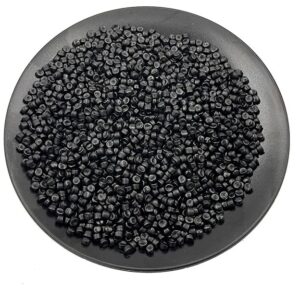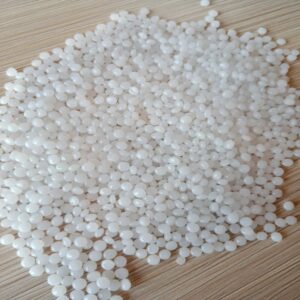

About HDPE
A linear polymer, High Density Polyethylene (HDPE) is prepared from ethylene by a catalytic process. The absence of branching results in a more closely packed structure with a higher density and somewhat higher chemical resistance than LDPE. HDPE is also somewhat harder and more opaque and it can withstand rather higher temperatures (120° Celsius for short periods, 110° Celsius continuously). High density polyethylene lends itself particularly well to blow molding, e.g. for bottles, cutting boards, dipping baskets, dippers, trays and containers.
HDPE Resistance
Excellent resistance (no attack) to dilute and concentrated Acids, Alcohols and Bases.
Good resistance (minor attack) to Aldehydes, Esters, Aliphatic and Aromatic Hydrocarbons, Ketones and Mineral and Vegetable Oils.
Limited resistance (moderate attack and suitable for short term use only) to Halogenated Hydrocarbons and Oxidizing Agents.
HDPE Fabrication
Excellent for any food related products, FDA, NSF, and USDA approved for direct contact. This material machines extremely well.
Good chemical resistance and high rigidity make it a good choice for trays and tanks.
Other uses include pipe fittings, wear plates, hinges and cutting boards.
Good impact resistance, light weight, very low moisture absorption, and high tensile strength. Not a good candidate for gluing. Mechanical fastening is one option, but preferably joined by hot air or nitrogen welding. Also, Ultrasonic, Laser, and infrared welding.
Quick Facts
Maximum Temperature : 248°F 120°C
Minimum Temperature : 148°F -100°C
Autoclavable : No
Melting Point : 266°F 130°C
Tensile Strength : 4550 psi
Hardness : SD65
UV Resistance : Poor
Translucent
Rigid
Specific Gravity : 0.95
Demanded For
High stiffness
Excellent mechanical properties
Good dimensional stability
High specific gravity.
